By Sarah Balcombe
The collection of the recently deceased Christo (1935-2020) and his wife Jeanne-Claude (1935-2009) featured significant artists such as Andy Warhol, Yves Klein and Keith Haring. It also provided a powerful context to their own work. This dynamic artist couple defied categorization with work which transcended borders, both literal and metaphorical. Sotheby’s has done its best to capitalize on that success by association with Unwrapped, Part 1: the Hidden World of Christo & Jeanne-Claude.
Seen alongside artists such as Lucio Fontana and Joan Miró further legitimizes their art which courted controversy and celebration, sometimes in equal measures. If there was any doubt over the extent of their contribution to modern art, last week’s auction demonstrates its significance and its longevity. Christo and Jeanne-Claude’s legacy of almost two dozen realized projects, each of extraordinary scale, is testament to the artistry, dedication and tenacity of the couple. That these were temporary installations, self-funded by sales of their own preparatory artwork, demonstrated their philosophy of accessible and inclusive art; in its truest form, art is for everyone. The value of their astonishing projects such as Wrapped Reichstag, in the mid 90s, and Surrounded Islands in Biscayne Bay, Miami, a little more than a decade earlier, is heightened by the fact that their drawings and prints are, in fact, the only remaining pieces of art of their installations.
The artists were clear in their vision that the actual materials of their installations were not to be sold or hoarded, all parts were industrially recycled. So that Sothebys is essentially selling memories of projects, at a time when public art by outliers such as Banksy struggles to remain in the public domain, is particularly poignant. Comparisons will be drawn between all of these artists, especially that of Keith Haring, not only because there is documented mutual admiration, between each artist, but that Haring’s predominantly street art was essentially public. This is clever alignment in repositioning the work of Christo and Jeanne-Claude within the canon of urban life, to speak more strongly of inclusivity and representation, especially during the pandemic.

Sold in a previous auction in February 2020 by Sothebys.
The tenacity of this artist couple is especially impressive and the scale and construction of their work begs for it to be considered as architecture, too. Wrapping the Reichstag in over a million square feet of aluminium colored polypropylene and blue rope for Wrapped Reichstag, in 1995, was 24 years in the making and required vast engineering input. This was not atypical for the projects of Christo and Jeanne-Claude. Both the time and cost of their projects was considerable. The bureaucracy, too, was on a scale which matched, if not exceeded the mammoth size of their projects. It often took decades to secure permits; administrations came and went before projects were realized. By re-imagining projects from rejected locations, sometimes decades earlier, they re-invented the notion of “site-specific” and showed versatility by pivoting and adapting. Bringing art to the people, with no possibility of ownership and allowing art to be experienced outside, in both urban and rural landscapes, demonstrates exemplary social distancing measures. Bringing people to the art is just as relevant. In 2005’s The Gates, situated in New York City’s Central Park, brought an estimated four million visitors to the city and generated an astounding $254 million, according to New York City’s, then mayor, Michael Bloomberg.

This couldn’t be more eagerly anticipated today, when the primary method of art engagement has had to shift. Museums and artists are having to shatter pre-conceptions as to how their collections can be experienced. It is hard to imagine that Sothebys could have picked a more apt time for this auction, when the need for inclusive art that speaks of sustainability, vision, boldness and action which has to be viewed outside, could not have been greater. That the auction was set in Paris offers another layer of escapism for many at a time when Netflix’s Emily in Paris was recently renewed for a second season. It also has classic romantic appeal and is the place where the couple first met. Although Christo’s roots hearken back to his socialist Bulgaria, “their spiritual home” was Paris, according to Simon Shaw, the vice chairman of the fine arts division of Sotheby’s. Most significantly it also this year’s site for the anticipated realization of their 1961 project, L’Arc de Triomphe, Wrapped . Just as the works of Christo and Jeanne-Claude were and continue to be fleeting moments in a rapidly changing world, so their art collection captures and shares a snapshot of the lives of the artists and their friends. With last week’s first part of the auction tripling estimates and netting a staggering $9.8million, it appears that collectors attributed value not only to the legacy of this couple, but also to this intimate portrayal of their community.
Attracting and inspiring an outdoor audience has never been more relevant. Ditto raising the level of inquiry, debate and demonstrating social justice. As time moves on, perceptions have shifted and finally, it appears, caught up. The artists’ play with scale and interceptions in the landscape currently seem less disruptive, even more palatable following architect Rem Koolhaas’ Countryside, The Future exhibition at the Guggenheim. Enormity of scale has taken on an even broader meaning during a global pandemic when incomprehensible tolls and spatial limitations are being grappled with on a daily basis. Christo and Jeanne-Claude’s early commitment to sustainability in the form of recycling is exemplary. And even if none of the above had been applied, it is likely that presenting the sheer aesthetic beauty of their projects, especially during this time, to a general public who have been starved of travel and adventure for over a year, would have been enough.
Primarily these projects continue to encourage debate and raise awareness of beauty, of scale and of freedom. Christo and Jeanne-Claude helped to re-write the narrative of public art half a century ago and their work continues to inspire and impress. Such is their legacy. Sotheby’s attempts to capitalize on that is hardly surprising, but with his comment to ArtNet a year ago, “I am an educated Marxist, I use the capitalist system to the very end. It’s economical, clever, and it’s stupid not to do it,” Christo, it seems, could very well be having the last laugh.
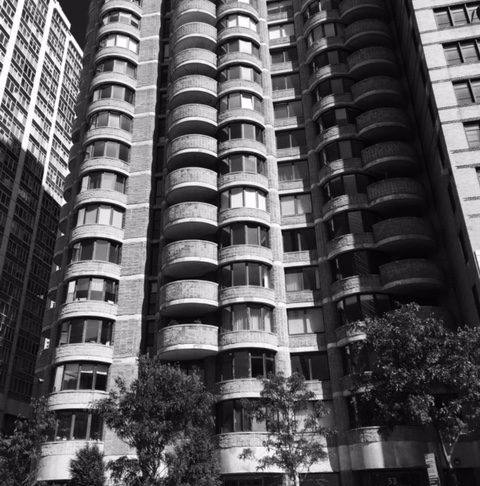


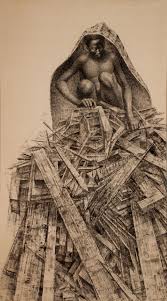
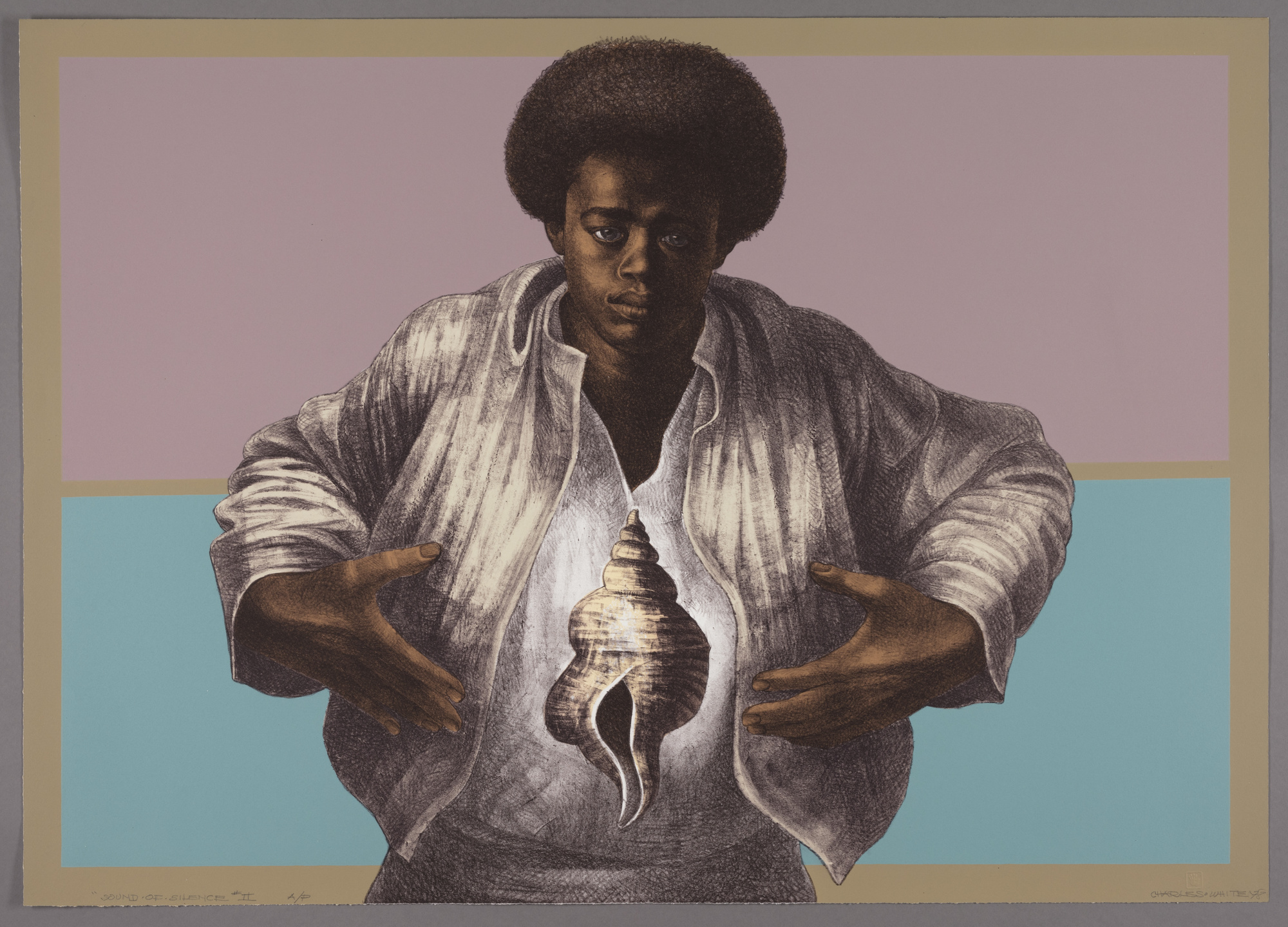


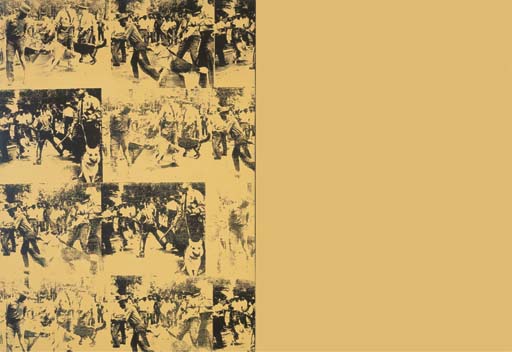
 After Softball, 1953
After Softball, 1953 Lincolnville Beach, 1956
Lincolnville Beach, 1956

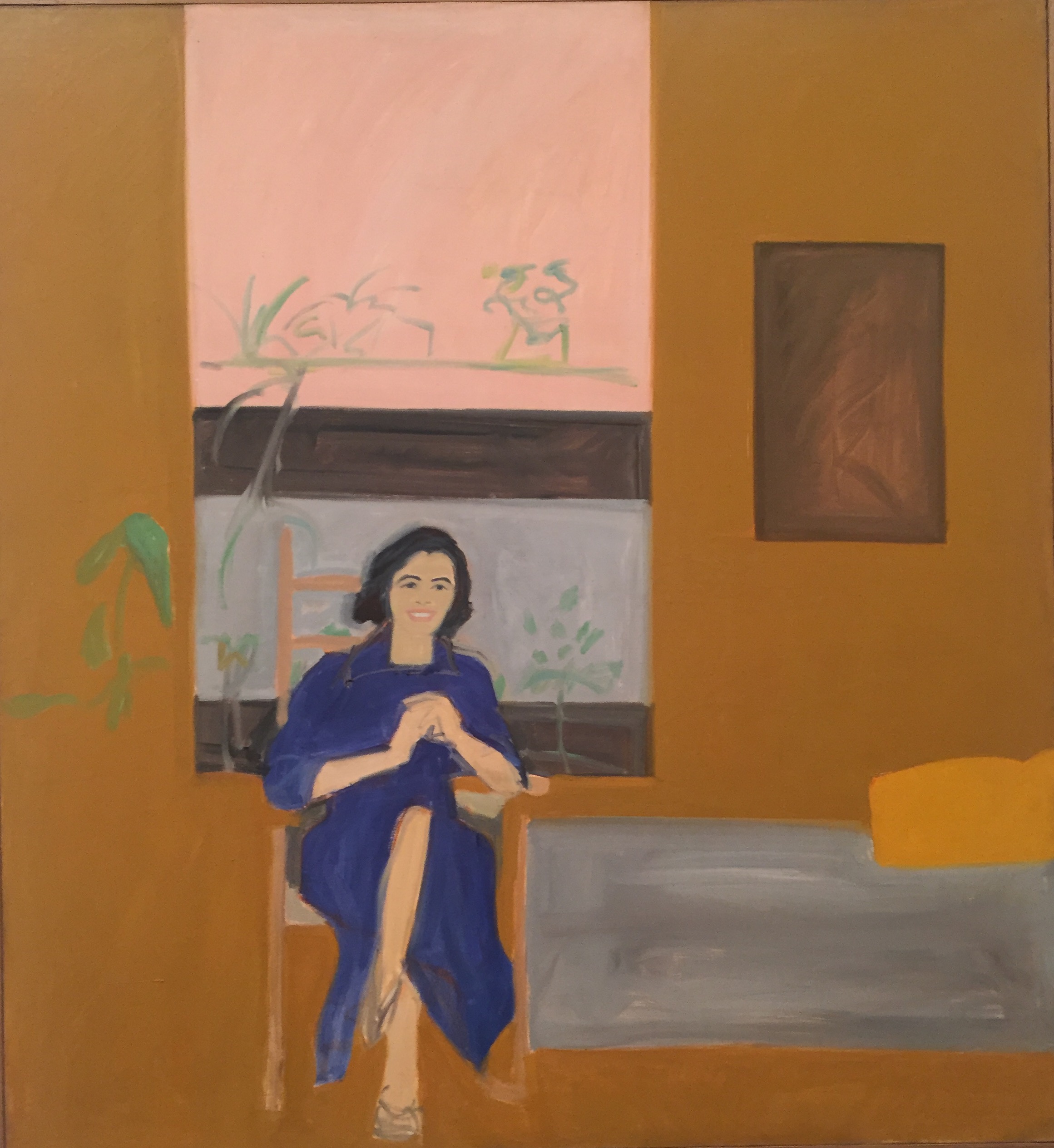
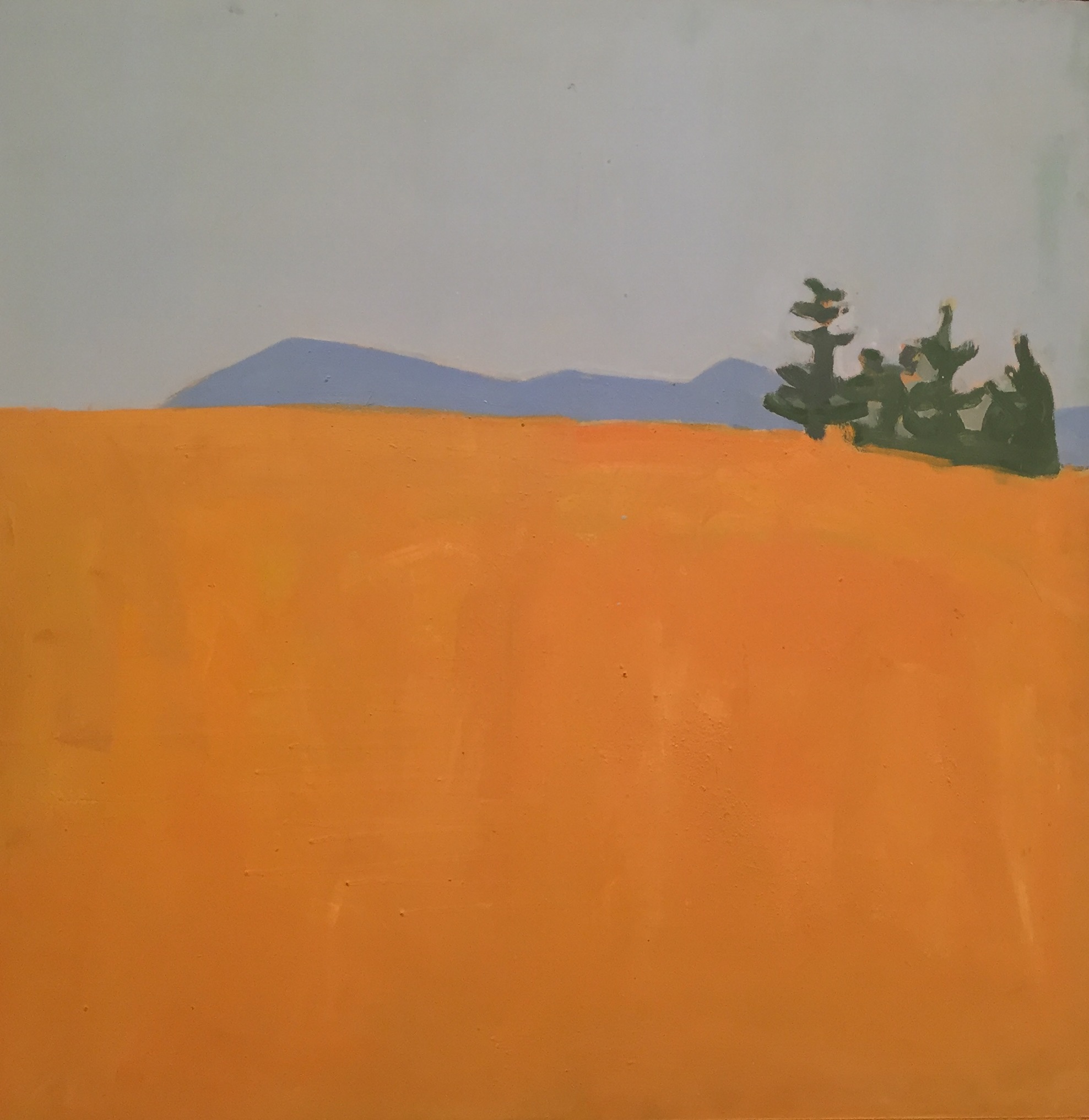





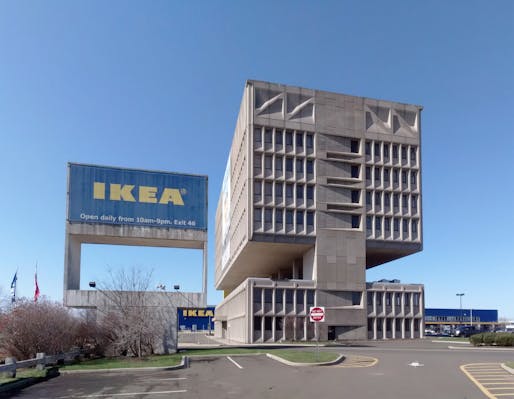

![IMG_8621[2].JPG](https://manhattanmodernist.files.wordpress.com/2018/04/img_86212-e1524776039163.jpg)


 (Amy Sherald)
(Amy Sherald) (Kehinde Wiley)
(Kehinde Wiley)

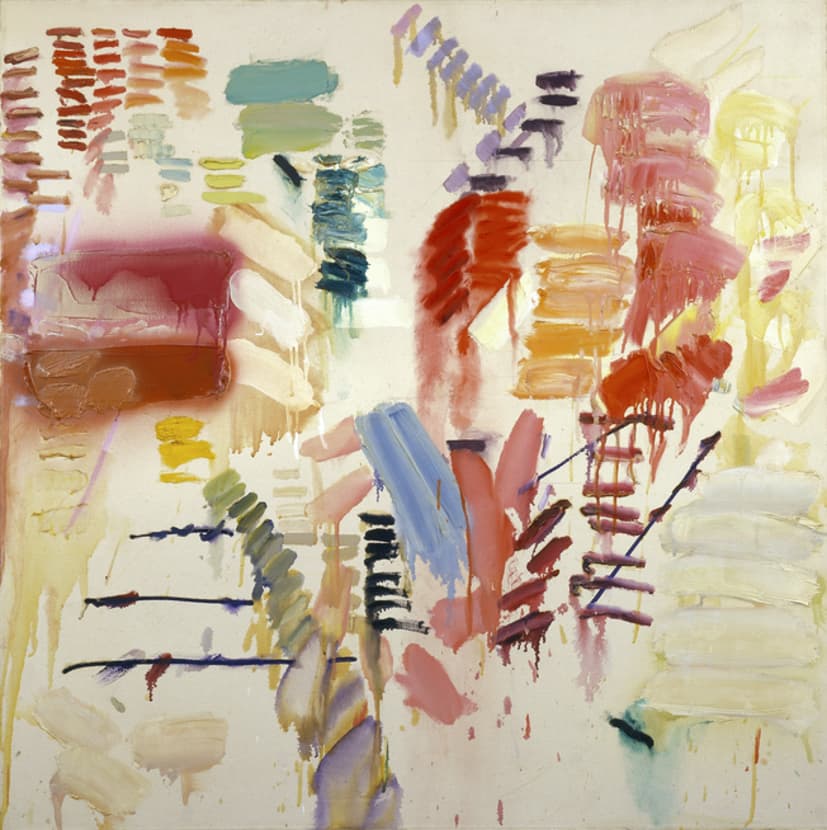

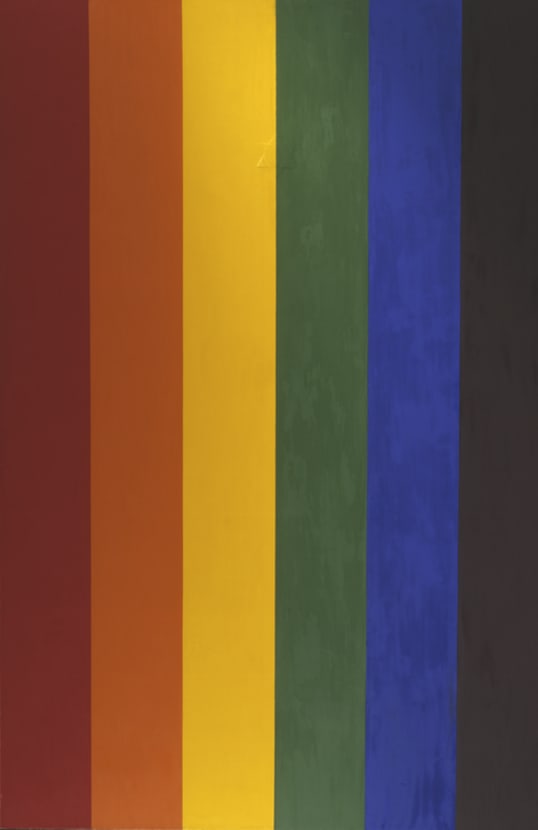
 Standing proudly in its vivid lure, the ornate quality and frame of Alios Itzhak (above) by
Standing proudly in its vivid lure, the ornate quality and frame of Alios Itzhak (above) by 